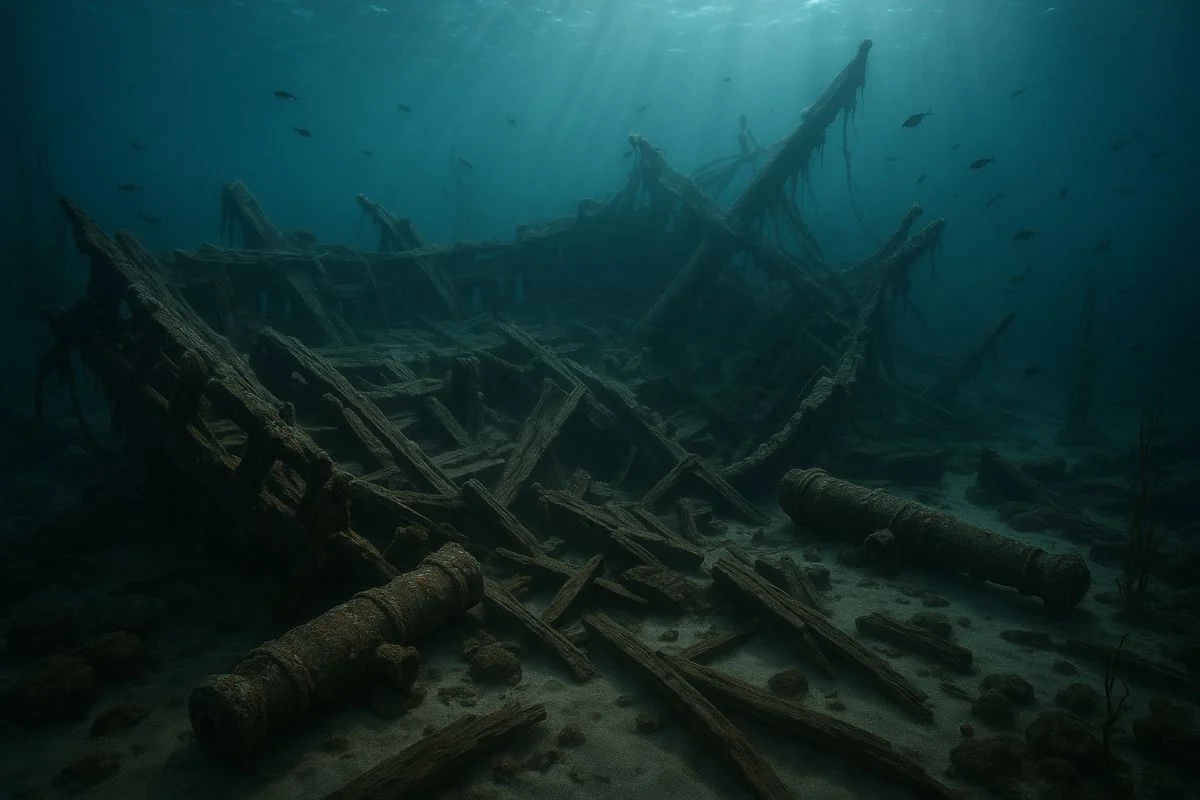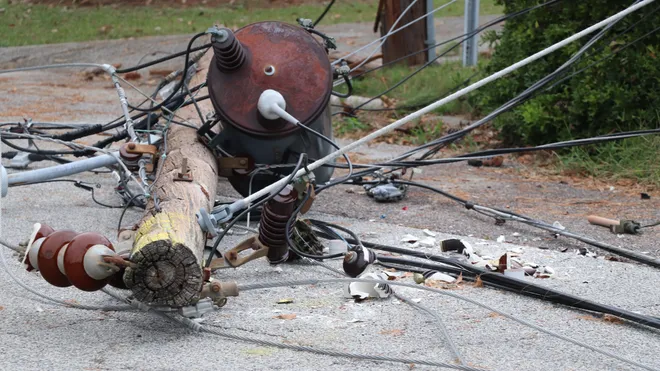Maritime Archaeologists Uncover Suspected Pirate Shipwreck Off North Carolina’s Coast
BRUNSWICK COUNTY, N.C. — Maritime archaeologists have discovered what could be the long-lost remains of La Fortuna, a Spanish privateering vessel that exploded during an attack in 1748, off the shores of North Carolina’s Cape Fear River.
The find, made by East Carolina University’s Program in Maritime Studies, is one of four newly identified shipwrecks near the Brunswick Town/Fort Anderson State Historic Site. Experts warn that coastal erosion could destroy the fragile remains before they are fully studied.
Discovery During Summer Field School
Graduate student Cory van Hees stumbled upon the wreckage while surveying the muddy riverbed during ECU’s annual summer field school. Initially uncertain of the find, confirmation came later from project director Dr. Jason Raupp, who identified it as a possible pirate shipwreck.
Van Hees described the discovery as “overwhelming,” saying it connected his love for history to a significant archaeological moment.
Clues Point to Spanish Caribbean Origins
Wood samples taken from the wreck showed Monterey or Mexican cypress, trees native to Central America and the Pacific coast, suggesting ties to Spain’s Caribbean colonies. The wreck’s location is near where diver Dennison Breece recovered an 18th-century cannon in 1985—long believed to be linked to La Fortuna.
More Than One Wreck
In addition to the suspected La Fortuna, archaeologists documented:
- A repurposed vessel possibly used for shoreline reinforcement
- A colonial-era flatboat used to ferry cargo
- An unidentified wreck barely visible above the riverbed
The team also mapped timber wharves, a marsh causeway, and artifacts reflecting 18th-century trade, daily life, and armed conflict.
Preservation Efforts Underway
More than 40 wooden timbers—some bearing tool marks from colonial shipbuilders—were recovered and sent to the Queen Anne’s Revenge Conservation Lab for preservation.
The work was made possible through collaboration with the N.C. Department of Natural and Cultural Resources, the Office of State Archaeology, and the Friends of Brunswick Town/Fort Anderson.
Why This Matters
Dr. Raupp said the find provides valuable insight into one of North Carolina’s earliest port towns, offering students and historians a direct connection to colonial maritime history. However, without swift protective measures, coastal erosion could erase these historic treasures permanently.
What do you think North Carolina should do to protect its historic shipwrecks before they’re lost forever? Share your thoughts with us at SaludaStandard-Sentinel.com.







